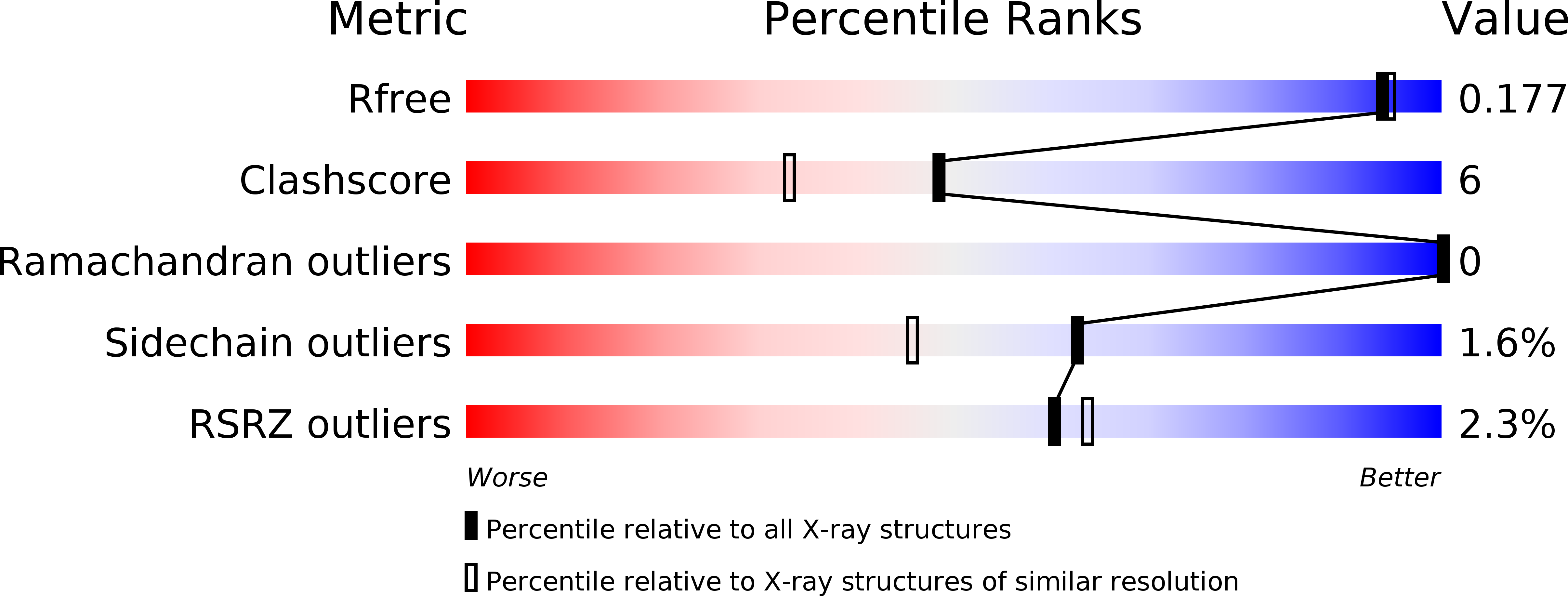
Deposition Date
2010-05-24
Release Date
2011-06-22
Last Version Date
2023-12-20
Entry Detail
PDB ID:
2XFG
Keywords:
Title:
Reassembly and co-crystallization of a family 9 processive endoglucanase from separately expressed GH9 and CBM3c modules
Biological Source:
Source Organism:
CLOSTRIDIUM THERMOCELLUM (Taxon ID: 1515)
Host Organism:
Method Details:
Experimental Method:
Resolution:
1.68 Å
R-Value Free:
0.17
R-Value Work:
0.14
R-Value Observed:
0.14
Space Group:
P 21 21 21


